As you walk into a private home inside a gated Makati subdivision, you notice a glass-enclosed minimalist kitchen that has been converted into a coffee bar.
Gio Visitacion, founder of The Good Cup Coffee Company, uses this space to conduct his omakase coffee tasting sessions. If you’re familiar with how chef’s tables work (an intimate setup where guests sit in the kitchen watching the chef prepare their meals) or the Japanese concept of omakase (literally meaning “I leave it up to you”), then this setup is in the same vein: Visitacion decides what to serve in eight cups of specially prepared coffee.
“During the height of the pandemic, we were serving so many varieties of coffee and we realized ‘How do we compress it all together and serve it to our super customers or customers that have ordered over a hundred times?’ So we gathered our super customers for an intimate coffee tasting session. We thought, ‘This is like a chef’s table. So it’s like a barista’s table, an omakase,’” Visitacion recalls.
“Coffee is going through a trend where it is being fermented like wine to elevate the sensory characteristics and flavor complexity,” says Gio Visitacion.
His equipment is streamlined only to a Sanremo Cube espresso machine for drinks that require a shot of espresso and several April Brewer glass drippers for more delicate pour overs. Everything is measured and timed to precision using scales from Timemore. There’s a sophistication to the experience, almost as if you’re in a wine tasting.
As Visitacion moves seamlessly through the coffee bar, he explains why coffee shares a similarity to wine. “Coffee is going through a trend where it is being fermented like wine to elevate the sensory characteristics and flavor complexity. When you pick a coffee as full cherry, the only way to get it as a green bean is to process it. And now, coffee producers are processing coffee by letting it go through a controlled fermentation stage by using the sugars available from the cherry as the main driver of fermentation. Coffee is now becoming like wine where you taste the producer’s work, the environment’s aid to the coffee, and the varietal’s profile.”
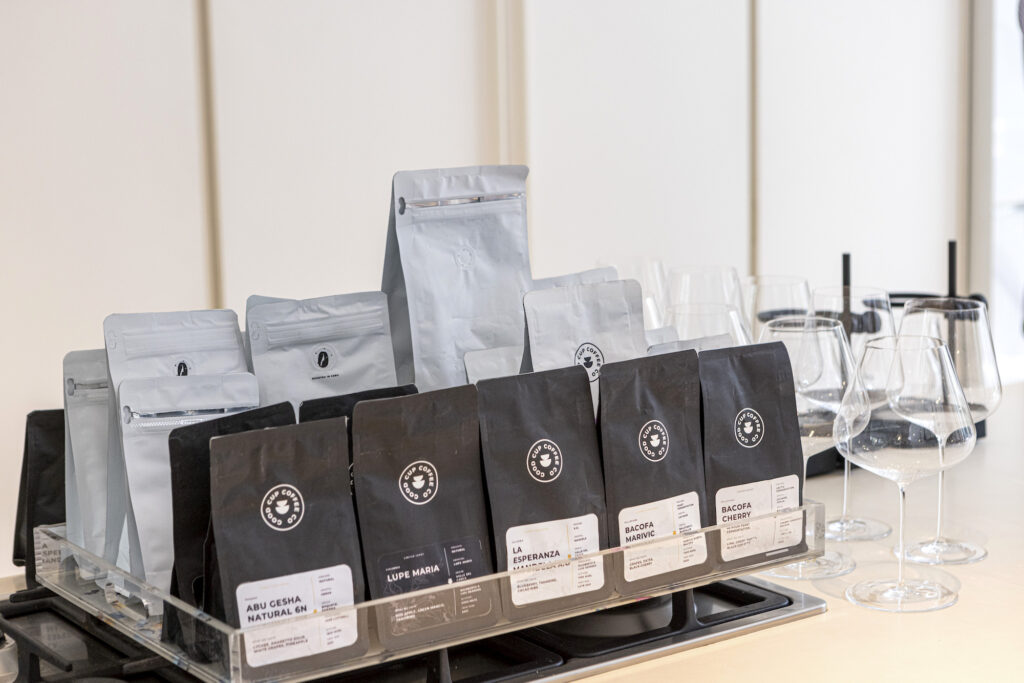
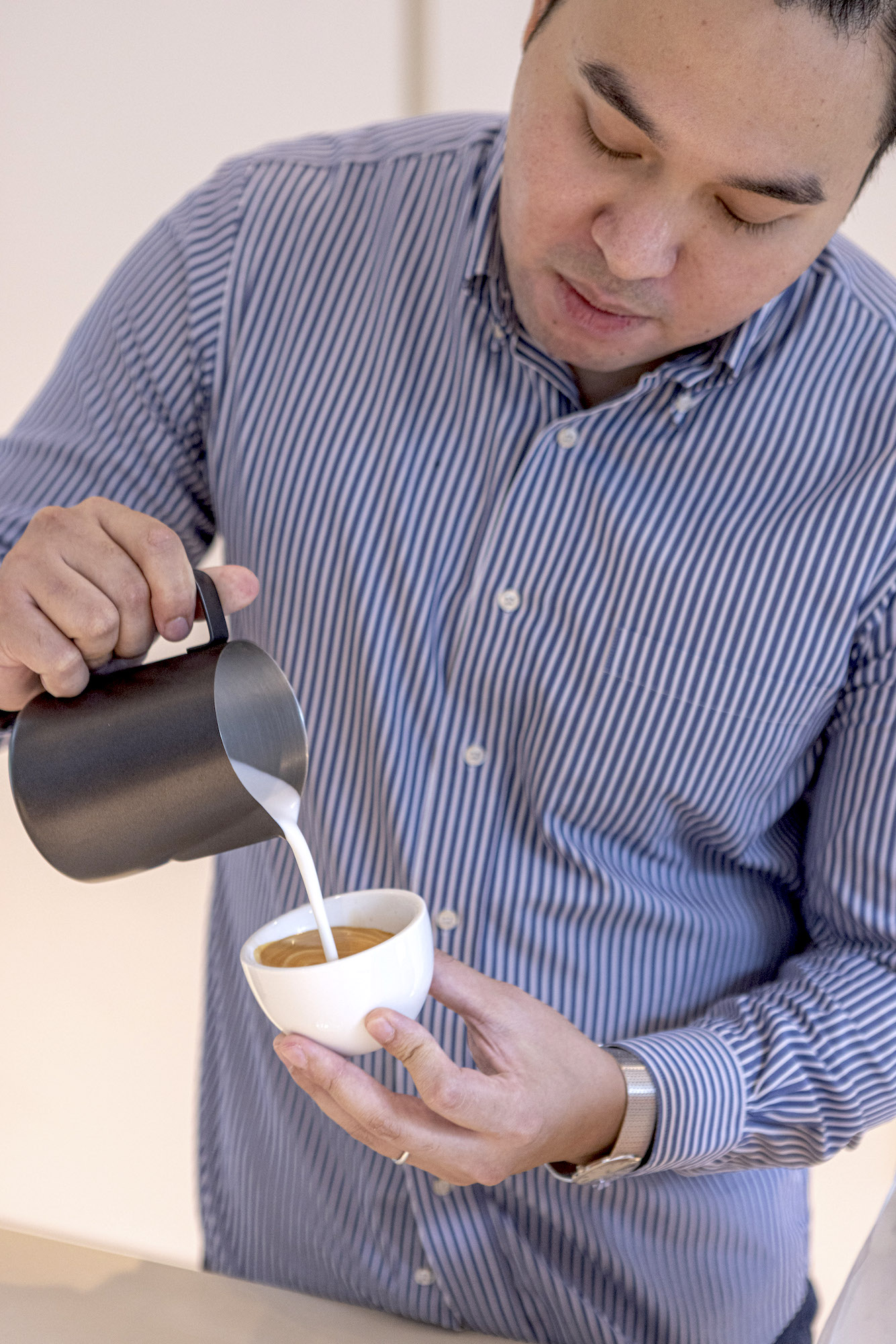
He serves a flat white and an espresso shot of a Gesha variety from Colombia called the Letty Bermudez. This coffee bean is the holy grail of coffee, retailing for P20,000 a kilo. Grown by Diego Bermudez, a former winemaker, the coffee uses the same techniques as making wine. “Diego used his experience in fermentation in making coffee,” Visitacion says.
The flat white bears a natural caramel sweetness and a slight tartness that is rounded out by the milk. The espresso (of the same bean) has an interestingly sour profile with a slight sweetness. If you didn’t know better, you would believe the two were made from different beans. The complexity of the bean’s flavor reveals a multifaceted profile that transforms depending on how it’s prepared.
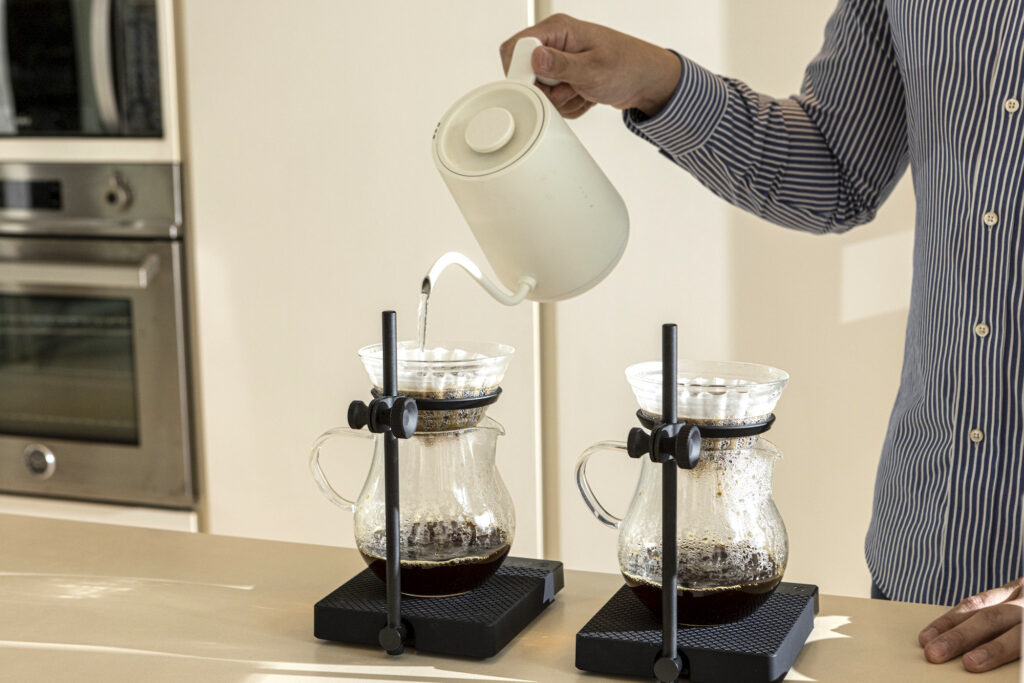
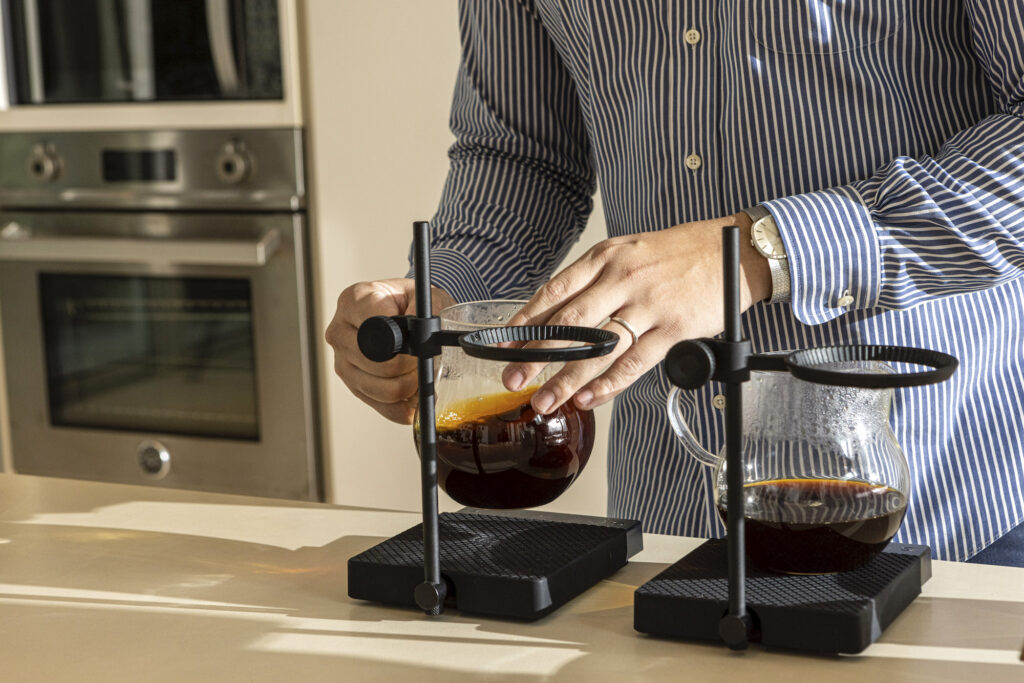

The sourness of this coffee has a direct link to where it was grown. “The brightness and the sourness of the coffee is developed when it’s grown in a higher elevation (Bermudez’s farm reaches up to 1,900 meters above sea level). When coffee grows in a higher elevation, the cherries mature very slowly and you build up higher sugar content. The higher the sugar content is, the more you develop acidity. When you ferment the coffee, high sugar means high organic acids during fermentation,” explains Visitacion.
If you’ve ever noticed other cafes serving their pour overs inside wine glasses, this isn’t just for show. “The reason you’re seeing coffee served in wine glasses more is that coffee has reached that time when the sensory characteristics are more elevated—meaning it’s more refined. And wine has perfected the sensory experience. They’ve created wine glasses depending on the region. So coffee is at that level of complexity already—acidity, sweetness, body. Drinking it from glasses like these will enhance that,” Visitacion says. But he warns, “The glass will only elevate flavors that are there. So if it’s bad coffee, it will make it worse.”
“The reason you’re seeing coffee served in wine glasses more is that coffee has reached that time when the sensory characteristics are more elevated—meaning it’s more refined… coffee is at that level of complexity already—acidity, sweetness, body.”
After pouring over some coffee, Visitacion serves this in a Zalto Burgundy glass. The larger bowl of the Burgundy glass allows it to bring delicate flavors to the forefront.
The omakase costs P2,000 per person at the time of writing and includes 8 to 10 different types of premium coffee. “Through omakase, our customers can travel the world through coffee. We plan to also pair this with food soon,” says Visitacion.
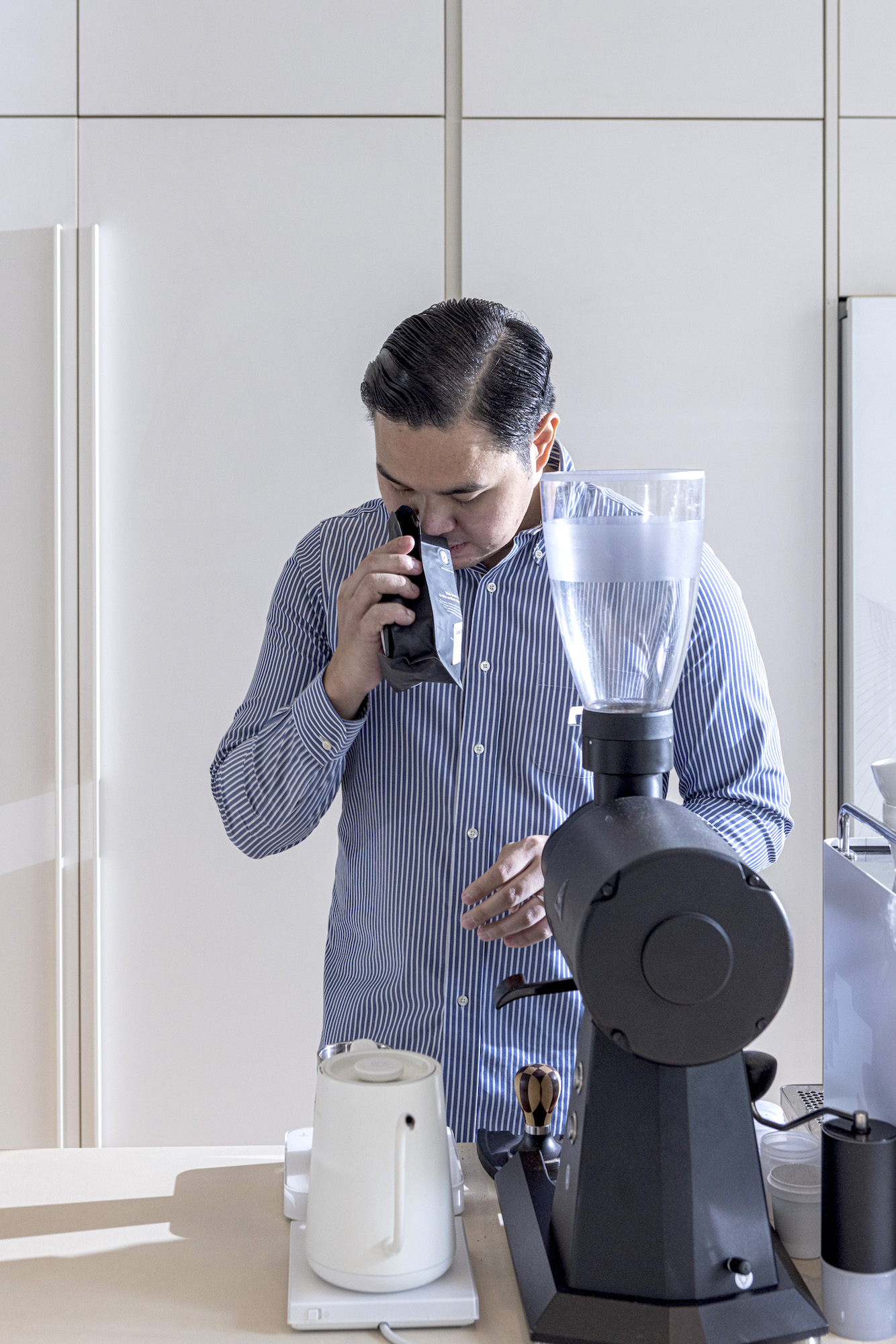
He is also able to share his vast knowledge of coffee and his relationships with local coffee farmers. He visits them regularly and tries to help them with their techniques to produce world-competitive coffee beans. He not only wants to support them but also to put them on a pedestal to celebrate the work they do.
“Our next focus for the company is we want to build the local farmers to become rock stars not just locally but globally.”





